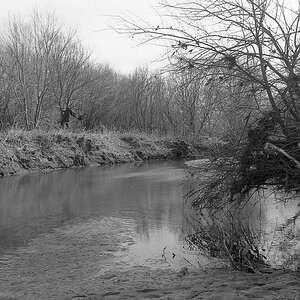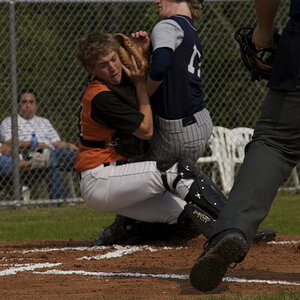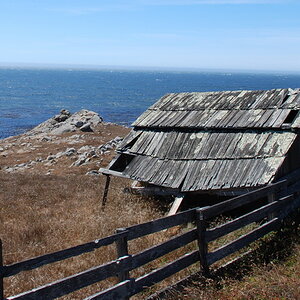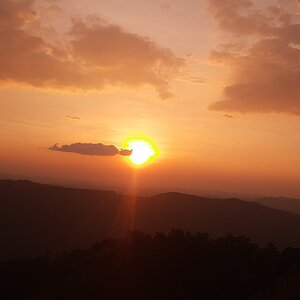eccs19
TPF Noob!
- Joined
- Jun 30, 2008
- Messages
- 571
- Reaction score
- 6
- Location
- Lisle Ontario Canada
- Can others edit my Photos
- Photos OK to edit
So I've got a *ist D on route to me to use with my current Pentax lenses. One of the lenses has a filter on it, but I don't remember if it is anything special. I think it mostly to protect the glass. Just wondering what would be recommended for filters for a basic kit.


![[No title]](/data/xfmg/thumbnail/37/37632-06d8ff7f84d84f6ac01249ce8885d896.jpg?1619738156)
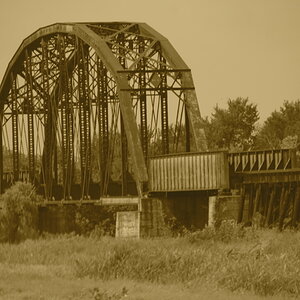
![[No title]](/data/xfmg/thumbnail/34/34076-d491e0e556e88ef7f797efcbe6083299.jpg?1619736268)
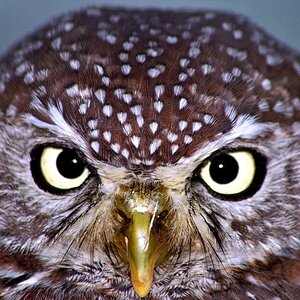
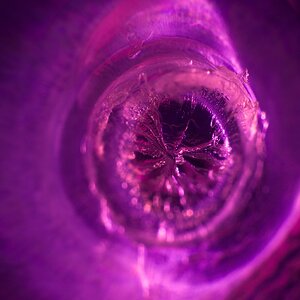

![[No title]](/data/xfmg/thumbnail/33/33847-620ea3a471c8ec2ae89451f9ee9dcb84.jpg?1619736166)
![[No title]](/data/xfmg/thumbnail/37/37610-09a3b763265223288ccc8f30a63a666b.jpg?1619738149)
